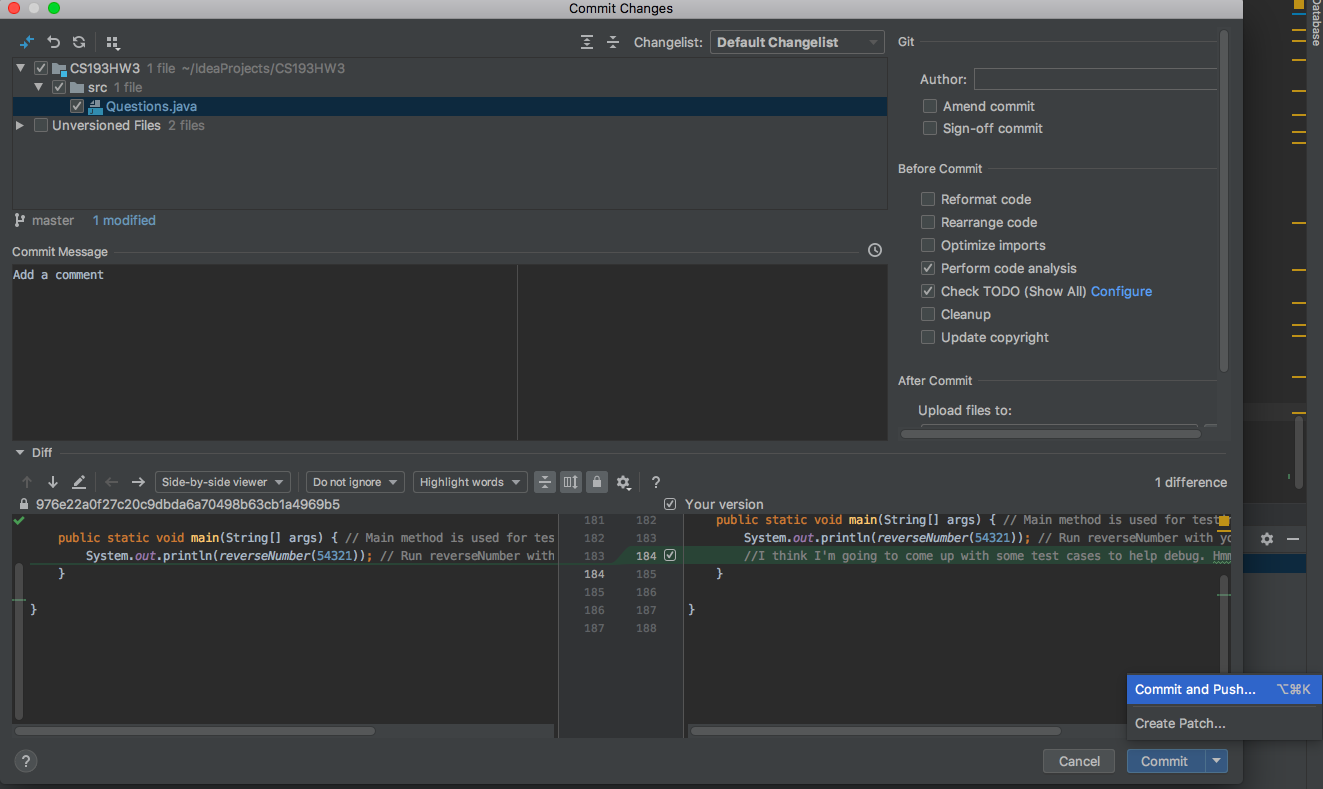

- #GITHUB DESKTOP CLONE REPOSITORY DOWNLOAD FOR WINDOWS#
- #GITHUB DESKTOP CLONE REPOSITORY INSTALL#
- #GITHUB DESKTOP CLONE REPOSITORY MANUAL#
- #GITHUB DESKTOP CLONE REPOSITORY WINDOWS#
Then, use the easy-to-use and straightforward command prompt (CMD) or Powershell to install the GitHub Desktop application.
#GITHUB DESKTOP CLONE REPOSITORY MANUAL#
If you are not interested in the GUI way to install it as shown in Step 2 of this tutorial which involves the manual visit of the website to get the software copy. #2nd Method using Command prompt or PowerShell Step 3: Using Command prompt or PowerShell Learn the Advantages of Using GitHub desktop. Wait for a few seconds, soon the system will launch the software automatically, as it is done with the setup operations.

Double-click on it to start the Installation process for GitHub Desktop.
#GITHUB DESKTOP CLONE REPOSITORY WINDOWS#
Step 2: Install GitHub Desktop on Windows 11 or 10Īfter finishing the downloading process, the setup file will be on your system. As you click it, a pop-up will appear to save the GitHubDesktopSetup-圆4.
#GITHUB DESKTOP CLONE REPOSITORY DOWNLOAD FOR WINDOWS#
Visit the link to get the executable setup file on your system using the “ Download for Windows 64-bit” button. just use GitHub Desktop to push and pull from your Bitbucket repo.Those who don’t want to use the command line for installing GitHub Desktop can manually download it from the official website. Where ~/.ssh/id_rsa is the path to your SSH key. You'll need to create a config file in the same directory as your SSH key:Īnd then add the following to that file: Host * So to prevent from having to do this all over again on restart, add your SSH key to the macOS Keychain. The macOS SSH agent will handle your authentication, until you restart your Mac. You'll be prompted to enter the passphrase associated with your SSH key. Using the macOS credential storer ssh-agent we can allow GitHub Desktop (or other software) to use our SSH key and passphrase to authenticate with other services. Now commits coming from GitHub Desktop will be made using your Bitbucket username (once we finalize authentication). It should look something like the git part to your Bitbucket save. You'll get a modal with the Remote for this repo. In GitHub Desktop, select the Repository option from the app menu, and select Repository Settings.

Find the local folder you have the repo in, and you should see that repo now in GitHub Desktop (along with it's History, if there is any yet). Then select the Add Local Repository option (if you already setup git using the command line like I did). Add Local Repository to GitHub Desktopĭownload the app and launch it, either logging into your GitHub account or skipping that step. Some of the information here was helpful, but I'll sum up what I did to get this working. You should now be able execute git operations on your Bitbucket repository via your GitHub Desktop app just as on any GitHub repository.Īfter setting up a Bitbucket repo and pulling it down using git from the command line of my Mac, I wanted to switch to GitHub Desktop to manage commits and push/pulls. Your newly added repository will appear at the bottom of your sidebar in the Other section. On the Add tab click the Choose… button, navigate to the folder you have just cloned your Bitbucket repository into, and select it. Select Add to add an exisiting local repository. In the upper right corner (if your sidbar is open) press the large + button. Add Cloned Repository to Your GitHub Desktop App (Once it’s done, it’ll say something like …done in one of the last lines.)Ģ. Hit enter and watch the repository being cloned.Type git clone (replacing that sample URL with the Bitbucket URL available on the Overview page of your repository).You’ve just opened that parent folder on the command line. Type cd /Local/path/to/parent-folder/to/clone/into (replacing that sample path with the local path to the parent folder you want to clone your Bitbucket repository into).Clone Bitbucket Repository Locally via Command Line You will need your Bitbucket repository’s git URL as available on the Overview page of your repository:ġ. Add the cloned repository to your GitHub Desktop app.Īfter completing these 2 steps, you’ll be able to execute sync, push, pull, commit, and other git commands available in GitHub Desktop for your Bitbucket repository just as you would for any GitHub repository.Clone the Bitbucket repo locally via command line.You can’t clone a Bitbucket repo using GithHub Desktop directly. Content may be outdated, check the comments for more recent info.Ĭlone Bitbucket Repository and Add it to GitHub Desktop App (Mac) ⚠️ Note: this guide is from 2016 – a long time on the internet.


 0 kommentar(er)
0 kommentar(er)
